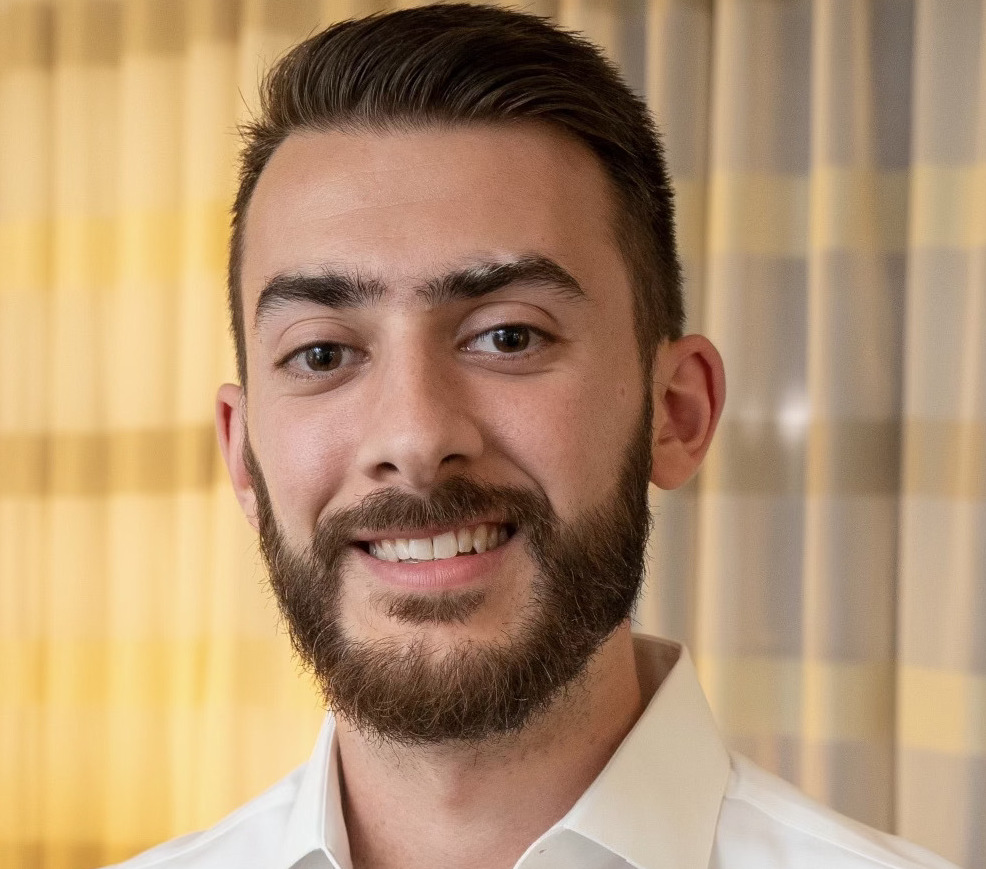Gopal Yalla began his thesis, “Numerical Discretization Effects in Large Eddy Simulation of Turbulence,” with the superbly terrible pun, “The journey through graduate school is often a turbulent one.”
For this Yalla must be forgiven as the same study has earned him the Oden Institute for Computational Engineering and Sciences Outstanding Dissertation Award for 2022.
A complex feature of the flow of liquids and gases, turbulence is composed of a wide range of interacting length scales — from large, feature-dependent scales down to the molecular level — all of which interact with each other in nonlinear ways. Understanding and modeling this process is extremely challenging and additional challenges arise when attempting to solve the equations for turbulence on a computer.
“Turbulence is a challenging area of research,” said Yalla. “Progress in this field often results from a series of hard-fought battles. Through this process, we have developed several fundamental insights regarding the techniques used to simulate turbulence on a computer, and the corresponding requirements of turbulence models. The results have important implications for a wide range of applications.”
Turbulence has had three main techniques of simulation flung at it since Richard Feynman dubbed it the most important unsolved problem of classical physics. The first is Direct Numerical Simulation (DNS) which computes all length scales by simulating a flow on a supercomputer.
